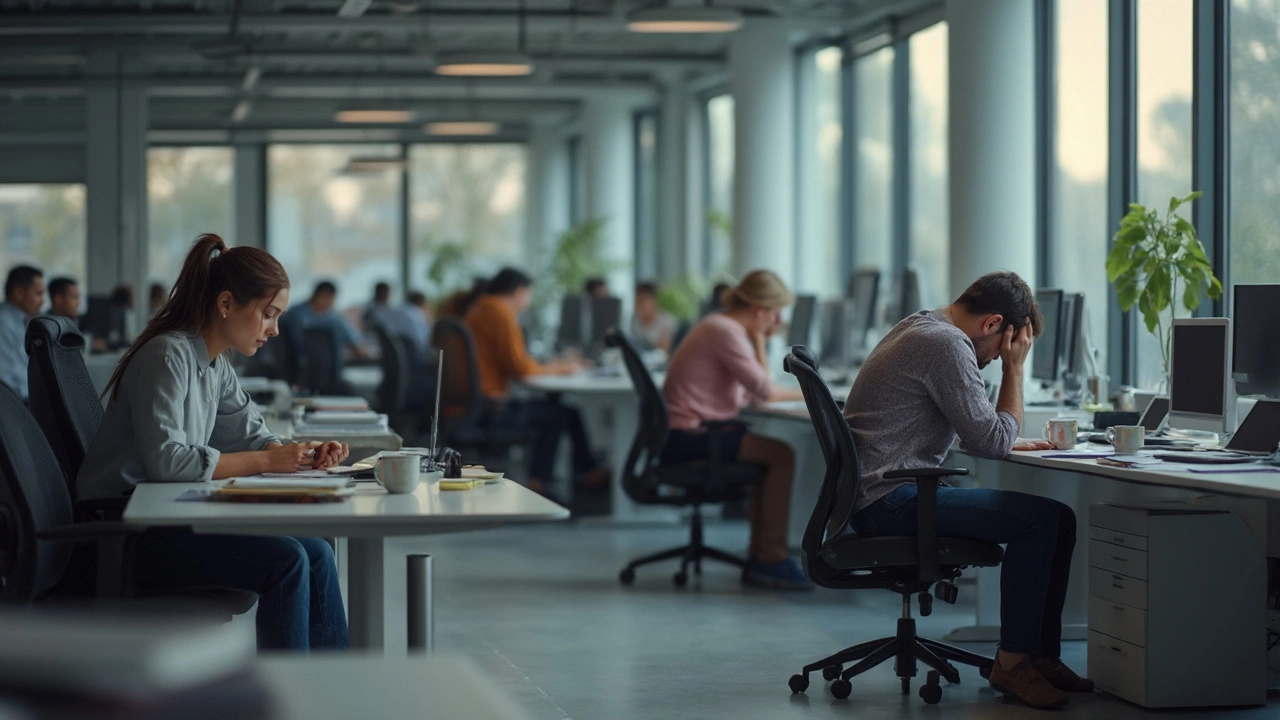Ergonomic Tips to Keep You Comfortable at School and Work
Ever feel sore after a long lecture or a half‑day at the desk? Chances are the way your furniture is set up is the culprit. Small changes to chairs, desks, and habits can make a huge difference in how you feel, how well you learn, and how productive you are. Below are the easiest fixes you can try right now, no special tools needed.
Choose the Right Chair and Adjust It
The chair you sit on is the foundation of good posture. First, pick a seat that lets your feet rest flat on the floor. If your knees are higher than your hips, add a footrest or a low stool. Next, set the seat height so your elbows form a 90‑degree angle when your hands rest on the desk. Most office chairs have a lever to raise or lower the seat; classroom chairs often don’t, so a simple booster pad can do the trick.
Back support matters just as much. Look for a chair with a curved lumbar pad that fits the natural dip in your lower back. If the chair’s built‑in lumbar roller feels too hard, wrap a small towel around it for extra cushioning. Adjust the backrest angle so you can sit upright without leaning forward. A tilted‑forward seat helps keep the hips slightly open, which eases pressure on the spine.
Armrests should be low enough that your shoulders stay relaxed. When you push a button or write, the arms should rest lightly on them without raising the shoulders. If armrests are missing, a rolled‑up towel can provide the same support.
Set Up Your Desk for Good Posture
The desk height should let your forearms stay parallel to the floor when you type. If the desk is too high, a keyboard tray lowers the surface; if it’s too low, raise your chair a bit and use a footrest. Your monitor’s top edge should be at eye level, about an arm’s length away. This keeps your neck neutral and avoids the “chin‑to‑chest” posture that leads to tension headaches.
Keep essential items—pen, notebook, phone—within arm’s reach. Stretching for a pen across the desk forces you to twist, which strains the back. Use a drawer organizer or a small tray to keep the surface clear; a clutter‑free desk encourages you to sit back and work comfortably.
Lastly, lighting matters. Bright, even light reduces eye strain, letting you sit upright without leaning forward to see the screen. Position a desk lamp behind your monitor or use natural light from a window, but avoid glare by using blinds or a matte screen filter.
Even with perfect furniture, sitting still for hours isn’t healthy. Set a timer to stand, stretch, or walk for a minute every 30 minutes. Simple moves—neck rolls, shoulder shrugs, calf raises—reset your muscles and improve circulation. Over time, these micro‑breaks become a habit that protects your back and boosts focus.
Ready to upgrade your learning or work space? Zoot Educational Furniture offers ergonomic desks, chairs with built‑in lumbar support, and adjustable accessories designed for schools and offices. Browse our collection and give yourself the comfort you deserve.





